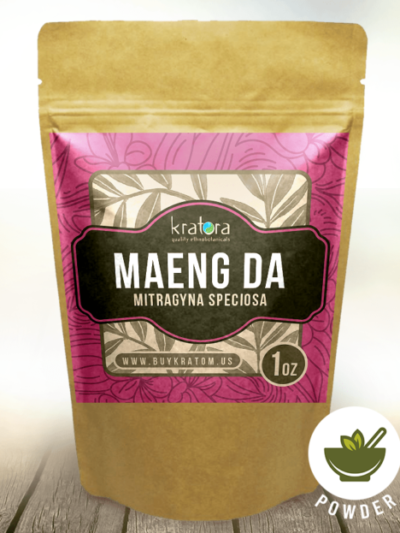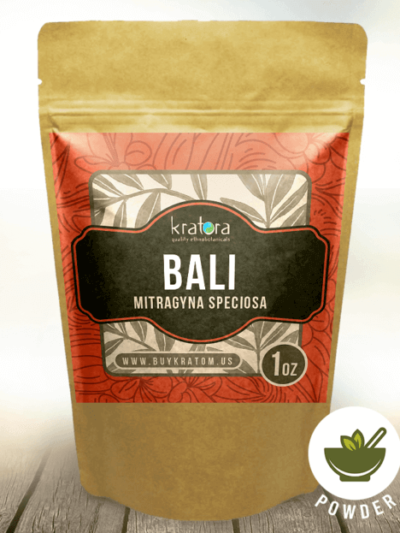The Kratom Growing Season
Most kratom is grown in Thailand and Indonesia. Both nations enjoy a fairly warm and tropical climate. Thailand and Indonesia do not see a dramatic seasonal fluctuation in terms of temperature, so unlike other parts of the world, plants remain green and grow throughout the entire year; there is no winter dormancy period per se.
But southeast Asia does see a dramatic shift in the amount of precipitation that falls throughout the year and this impacts the rate at which kratom and other plants grow. The growing season –the time of year when there is lots of rain – is during and the period immediately following the rainy season, as the plants enjoy an abundance of resources.
In Thailand and Indonesia, the rainy season occurs as a result of large storms, called monsoons,which primarily move through the region during the months of December through March. The water remains in the soil for several weeks after the end of the rainy season, so the growing season continues through mid-spring. In fact, the rainy season brings shorter lengths of sunlight, but the length of daylight expands as the year progresses, so the latter portion of the rainy season and the period immediately following the monsoons are prime time for plant growth, including kratom trees.
The southeast Asian dry season extends from June through September; during this time, growthslows dramatically and plants focus on mere survival (instead of growing and expanding.) Now, one might assume that the rainy season would be the better time to harvest the kratom leaves, since they’re growing and more abundant, but this isn’t necessarily true. The reason? During the dry season, alkaloids reach higher levels in the kratom tree’s leaves. Higher levels of alkaloids allow for a more potent batch of kratom. So allowing the leaves to remain on the plant well into the dry season can have a slightly advantageous impact on the quality of the kratom.
But most kratom experts argue that the seasonality has a minimal impact, especially since some regions see less dramatic seasonal changes. This would result in a less dramatic change in the alkaloid levels that are present in the kratom leaves.
What’s more, it takes time to harvest, dry, process and package the kratom leaves. Then, there is an additional delay associated with distribution to various retailers, who then sell the kratom to you, the customer. Therefore, it can be extremely difficult to time your purchases in a way that ensures optimal quality from the “right” seasonality.
Plus, kratom tends to degrade with time, so purchasing in bulk is not recommended. Proper storage of kratom can slow degradation. Kratom should be packaged in vacuum-sealed, air-tightbags, each with just a one- or two-day supply to ensure optimal freshness. These bags should then be placed inside an opaque, light-blocking container in the freezer. For more information see our article on storage.
-
Energy
Maeng Da Kratom Powder
From $19.99 Shop Now This product has multiple variants. The options may be chosen on the product page Quick View -
Relaxing
Premium Commercial Bali Kratom Powder
From $12.99 Shop Now This product has multiple variants. The options may be chosen on the product page Quick View -
Energy
White Vein Borneo Kratom
From $11.99 Shop Now This product has multiple variants. The options may be chosen on the product page Quick View -
Relaxing
Thai Red Vein Kratom
From $14.99 Shop Now This product has multiple variants. The options may be chosen on the product page Quick View -
Energy
Green Malay Kratom Powder
From $12.99 Shop Now This product has multiple variants. The options may be chosen on the product page Quick View
Want to learn more about kratom quality and value? Start here:
Why Buying Cheap Kratom Can Be Dangerous







